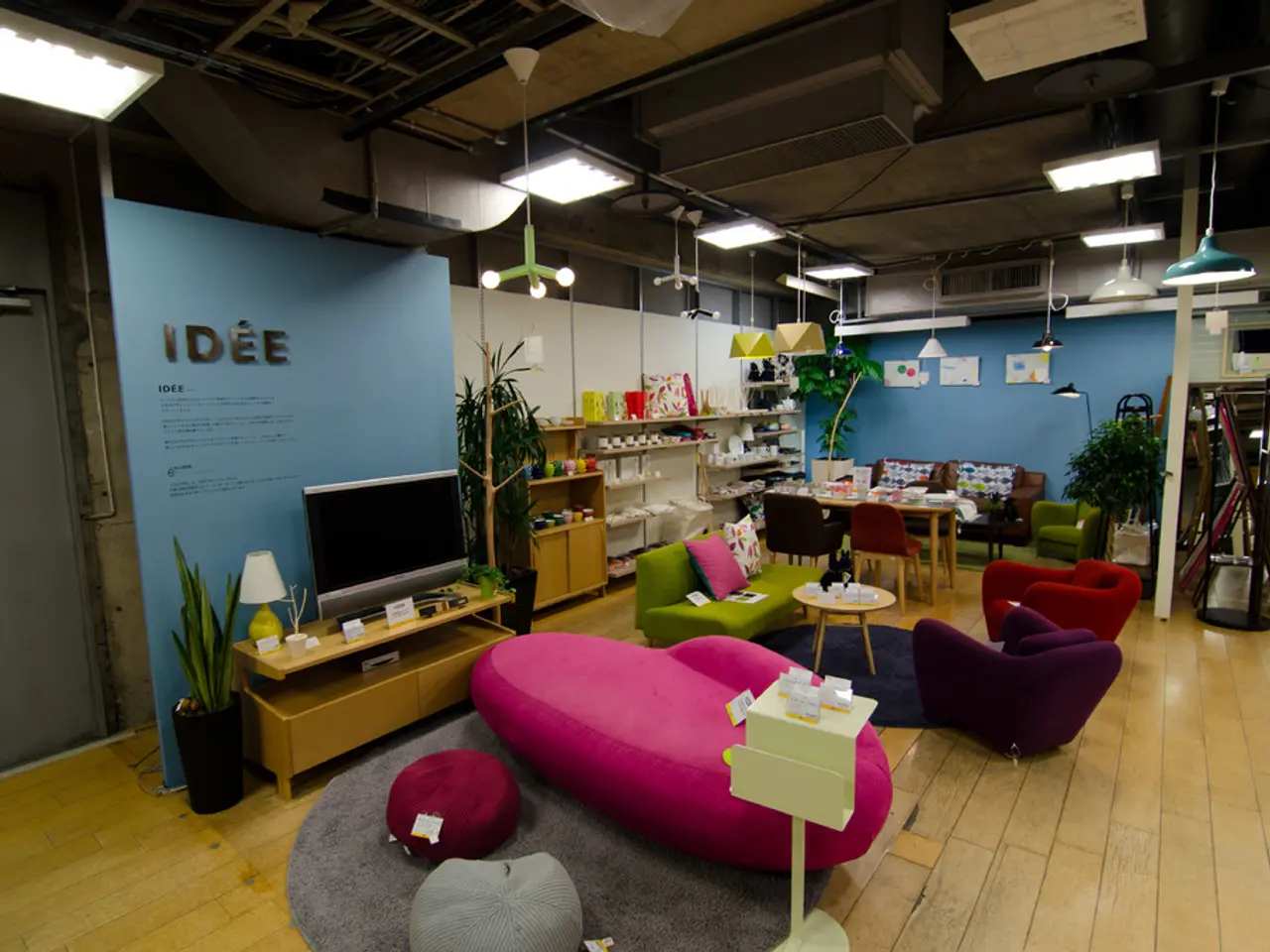Ikea's impact on furniture decisions: a fresh perspective
In the annals of design history, the transformation of furniture has paralleled broader socioeconomic, technological, and aesthetic shifts. From the grandeur of heavy wooden pieces that dominated homes for centuries, we have transitioned to lightweight, multifunctional designs that cater to modern living.
**Pre-Industrial and Early Industrial Era** For centuries, traditional furniture was synonymous with heavy wood, intricate carvings, and regional styles. These pieces, including large dining tables, heavy armoires, and ornately carved chairs, symbolised the wealth of a household and the craftsmanship of artisans. However, with the advent of the Industrial Revolution and urbanization, the demand for affordable, space-efficient furniture grew.
**The Bauhaus Movement** The Bauhaus school, active from 1919 to 1933, revolutionised furniture design by promoting functionality, simplicity, and mass production. Bauhaus designers like Marcel Breuer and Ludwig Mies van der Rohe pioneered the use of new materials such as tubular steel and plywood, creating lightweight, modular, and aesthetically minimalist furniture. The Bauhaus ethos—"form follows function"—rejected ornamentation in favour of clean lines and practicality, greatly influencing the trajectory of modern furniture design.
**The Rise of Lightweight and Multifunctional Furniture** The 20th century saw the introduction of innovative materials such as fiberglass, molded plastics, and stainless steel. These materials allowed for new forms, lighter weight, and greater durability. Designers experimented with space-saving solutions, such as foldable chairs, stackable tables, and convertible sofas, responding to the needs of urbanites living in apartments and smaller homes.
**The IKEA Effect** Founded in 1943, IKEA epitomised the shift to lightweight, affordable, and multifunctional furniture. The company's flat-pack design and self-assembly model made stylish, space-saving furniture accessible to the global middle class. IKEA's success was built on offering practical solutions for urban living, mass production efficiency, and Scandinavian minimalist aesthetics.
IKEA's rise in the late 20th century reflected and accelerated the trend toward lighter, more versatile furniture. The company's approach made modern design synonymous with affordability and convenience, influencing how people furnish their homes worldwide.
In conclusion, the shift from traditional heavy wood furniture to lightweight, multifunctional designs was driven by the Industrial Revolution, urbanization, new materials, and modernist movements like Bauhaus. IKEA's global influence further accelerated this trend, making innovative, practical, and affordable furniture a hallmark of contemporary living.
Home-and-garden trends have mirrored the evolution of furniture design, as urbanization and the advent of new materials like fiberglass and molded plastics led to the creation of lightweight, space-saving solutions for smaller homes. This lifestyle shift is well demonstrated by the popularity of IKEA's flat-pack designs and self-assembly model, which have made modern, versatile furniture accessible and affordable for many households worldwide.




